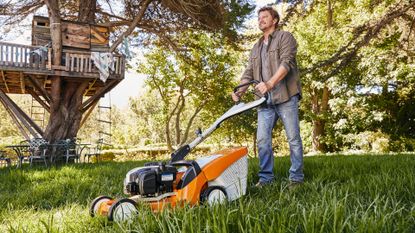Garden
The latest Garden breaking news, comment, reviews and features from the experts at T3
Explore Garden
-

Best gas barbecue 2025: top gas-powered grills for year-round use
Find the best large and small gas barbecues for patios, balconies, camping and picnics
By Bethan Morgan Last updated
-

Best barbecue 2025: charcoal, gas, pellet and electric grills for the great outdoors
The best barbecues in a variety of succulent flavours. It's the ABC of BBQ!
By Derek Adams Last updated
-

This 'powerful and compact' Husqvarna pressure washer is now half price – but only for 3 more days
It's currently priced at under £100
By Lizzie Wilmot Published
-

I’ve sifted through hundreds of garden Black Friday deals – here are 10 gadgets that actually deserve your money
Now's the perfect time to stock up ahead of next spring and summer
By Lizzie Wilmot Published
-
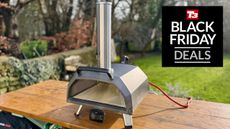
Ooni’s five-star multi-fuel pizza oven is over £130 off in Black Friday deal
Ooni’s Black Friday sale is here with 20% off pizza ovens and accessories
By Bethan Morgan Published
-

Ooni Volt 2 electric pizza oven review: scorching speed and stunning crusts but watch that base!
Ooni's new electric 12-inch pizza oven has smarts galore and a seriously hot stone
By Derek Adams Published
-
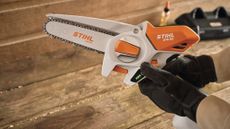
Stihl's new cordless pruner is the garden gadget I can’t stop thinking about
It's a big improvement on the previous model
By Lizzie Wilmot Published
-

Glow-up your garden – smart, low-energy lighting you need this winter
Sunny days might be gone but you can still enjoy your garden
By Max Slater-Robins Published
-

Frost-proof your garden – smart gadgets to stop winter killing your plants
With winter on the way, make sure your garden is protected and ready for spring
By Max Slater-Robins Published
-

7 expert-approved ways to use fallen leaves in your garden this autumn
They're your garden's secret weapon
By Lizzie Wilmot Published
-
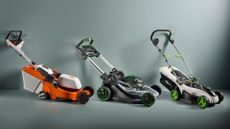
Best cordless lawn mower 2025: top battery-powered trimmers that tackle all types of turf
Replace your rusty old mower and embrace the time-saving pleasures of the best cordless lawn mowers
By Lizzie Wilmot Last updated
-

Husqvarna unveils four brand new robot lawn mowers – now with advanced AI vision
The new models see, think and mow with AI
By Lizzie Wilmot Last updated
-
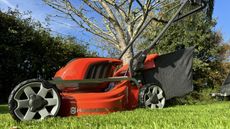
Husqvarna LC 251iS review: a cordless mower that makes lawn care effortless and enjoyable
Mowing season is winding down, but I’ve got one more model you should see
By Lizzie Wilmot Published
-

Best Prime Day Outdoor and Garden deals 2025: save big on all the essentials
Big Deal Days is right around the corner
By Lizzie Wilmot Last updated
-

10 gardening jobs to squeeze in before summer comes to an end
You've got a few weeks left
By Lizzie Wilmot Published
-
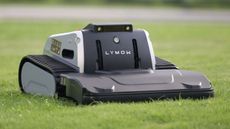
This robot lawn mower handles slopes like you’ve never seen before
It moves in a completely different way to most other models
By Lizzie Wilmot Last updated
-

Interview: Gozney’s founder talks about how he made the iPhone of pizza ovens
T3 gets the inside scoop about Gozney’s upcoming pizza ovens from the founder
By Bethan Morgan Published
-
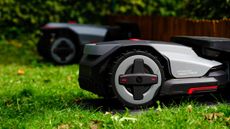
Watch out Mammotion – Roborock debuts its first ever robot lawn mowers
Roborock takes its robotics outdoors with new mower series
By Bethan Morgan Published
-

5 tips for storm-proofing your garden
How to prepare and take care of your garden during a storm
By Bethan Morgan Published
-
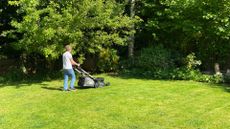
Can you cut wet grass with a lawn mower?
How to mow your wet lawn, if you really have to
By Derek Adams Published
-

How to sharpen lawn mower blades: do you need to and what’s the safest way to do it?
6 tips on how best to sharpen a lawn mower blade
By Derek Adams Published
-
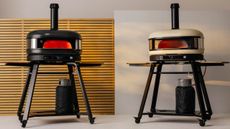
Gozney’s new Dome pizza oven is supersized, hybrid fuelled and seriously attractive
Gozney expands its Dome pizza oven collection with two new models
By Bethan Morgan Published
-

5 reasons why you should never mow wet grass, according to an expert
Planning a mow this week? Here’s why it can wait
By Lizzie Wilmot Published
-

Dreame’s upgraded robot mower promises wider coverage and edge-free mowing
It was unveiled at IFA last week
By Lizzie Wilmot Published
-

This robot lawn mower has a mechanical arm that trims your hedges
Brilliant or bonkers?
By Lizzie Wilmot Published
-

Ooni upgrades its Volt electric pizza oven with a smaller size and heating smarts
Ooni’s new Volt 2 pizza oven is perfect for indoor pizza parties
By Bethan Morgan Published
-

This robot mower prepared an entire championship golf course – here’s what the team behind it had to say
I couldn’t wait to find out more
By Lizzie Wilmot Published
-

Expert reveals the best month to lay down grass seed – and it's a lot sooner than you'd think
You might want to get ready...
By Lizzie Wilmot Published
-
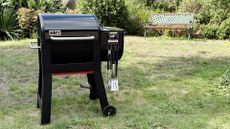
Weber Smoque pellet smoker review: low and slow cooking for less
Looking for expert wood smoking for the price of a gas grill? The Weber Smoque is a simple and effective solution
By Mat Gallagher Published
